- No categories
-
- My Account Subscribe Now | Sign In Log Out
- New York, July 18, 2025

It is now crucial for luxury brands to observe the consumer behavior of those born between the mid-1990s and the mid-2000s. Studies suggest that Generation Z is increasingly rejecting social media and growing immune to marketing.

Affluent millennials do not buy the idea that bigger is better when considering a home. They do not want the McMansions that boomers and Gen-Xers favored.
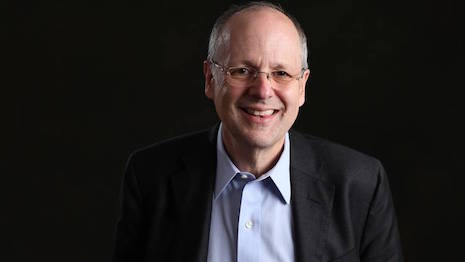
U.S. companies continue to be the clear leaders in the worldwide digital economy. Consequently, we should be extremely careful to avoid any proposed steps that could hobble or undermine this sector.

You may not associate the rise of Uber, Airbnb and Amazon with premium living – at first. But actually, getting exactly what you want and when you want it at the tap of an application challenges an idea at the heart of traditional premium and luxury brands.
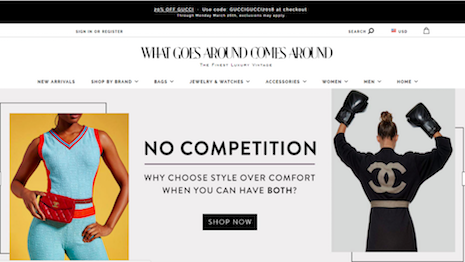
What makes this case notable is that many of the activities that Chanel complains about involve social media and other 21st-century means of promotion. The case could be a landmark in drawing the line between permissible and impermissible uses of a brand by third parties.
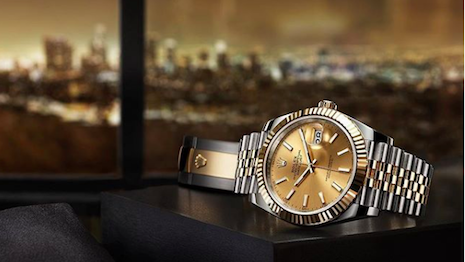
Tiffany, as a quintessentially American luxury brand, faces broader cultural headwinds as it seeks to export its brand of luxury onto the world stage.
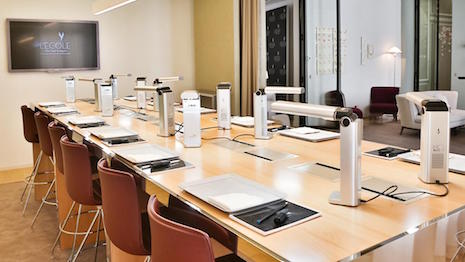
Everyone in the jewelry industry knows that business is tough now. People are struggling to pay their bills, nothing is selling, and inventory is lying around.
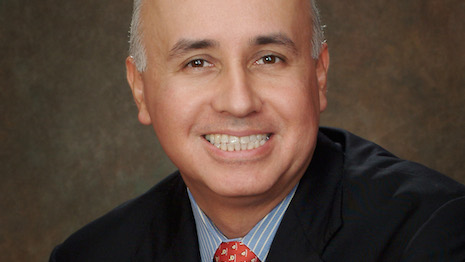
The Luxury Institute recently held its second round of intimate and confidential individual interviews with top-performing in-store sales associates across the spectrum of top-tier luxury and premium brands. It also crosschecked the findings with store managers and retail heads to confirm the results.
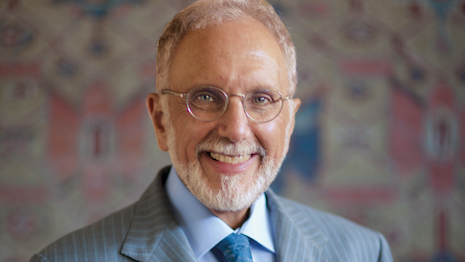
For nearly four decades I have had the privilege of selling precious tangible assets to an ultra-high-net-worth clientele. From a client base of a few dozen in the San Francisco Bay Area, our clientele now resides on five continents and includes more than 75 Forbes’ list billionaires.

Luxury travelers are increasingly more conscious of their environment, motivated by the internal journey that accompanies these types of personally relevant physical experiences.

There are technologies in the market to help aid in personalization relating to brands knowing what products to show the consumers, how quickly you see a product on a page, and in what order to show certain products.
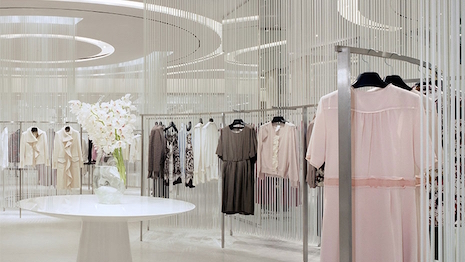
Canada is becoming home to a rapidly increasing population of affluent residents, with growth surpassing that of the United States.
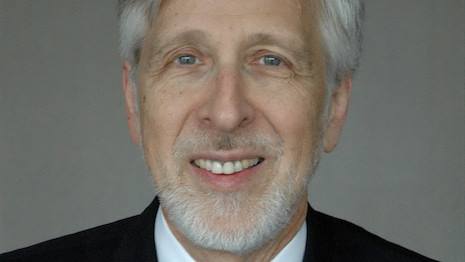
While neither company is in the luxury goods space, the legal issues at the base of the suit are the same, and important for luxury goods companies to consider.

Once GDPR goes into enforcement, financial penalties for non-compliance become severe – severe enough where offending companies can face fines of up to 4 percent of their global revenue, or 20 million euros, whichever is greatest.
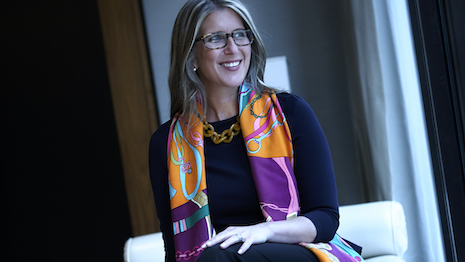
In 2015, as a long drought gripped Southern California, owners of larger properties in Beverly Hills and Bel-Air came under fire for the sheer volume of water used to maintain their estates.

According to Google, the majority of consumers within the luxury market performs their product and services research online. At the same time, these buyers tend to make their purchases in bricks-and-mortar stores.

There were a few clear themes that continued to bubble up in conversations, lectures and events during my time at the World Economic Forum in Davos, Switzerland.

Today’s luxury consumers demand levels of customer service and convenience so extreme that it is fast becoming difficult to distinguish between the start of product discovery, purchase moment and the private life of the shopper.
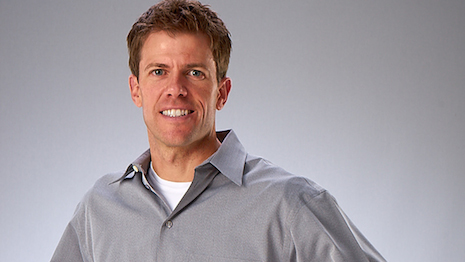
In the past, we relied on lead generation and nurturing campaigns to generate revenue. As technology began to affect the way consumers interacted with brands online, that lead gen dropped – noticeably.

Tax cuts will consistently increase discretionary spending for high-income earners. It is projected that tax cuts will bump disposable income from 1 percent to 3 percent with this demographic.

We are seeing a change in the modern consumer that our current brand frameworks are not capable of addressing.